Royal Botanical Gardens: Mixed report on the world's plants
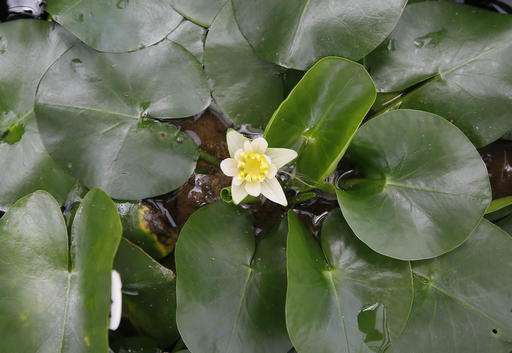
A report billed as the first comprehensive look at world's plants finds a planet slowly being ravaged by changing land use, mostly conversion of forests to agriculture to feed a growing population, and climate change.
The "State of the World's Plants" study is designed to provide a baseline for annual reports that will measure how many plant species are being discovered, and how many are being lost forever.
"The positive is we're still discovering lots of new plants, about 2,000 each year, new plants for food, for fuel, for drugs," said Kathy Willis, science director at the Royal Botanic Gardens at Kew. "On the negative, we've seen a huge change in land cover, mainly driven by cultural activity, with a little bit of climate change in there as well."
The goal, she said, is to better understand the factors driving these negative changes—and to change them to protect more plants from extinction.
The report by one of the world's leading research institutions involved more than 80 scientists. Here are some of its findings:
___
HOW MANY PLANTS ARE OUT THERE?
The report estimates there are 391,000 vascular plant species known to science, with an average of 2,000 new ones being discovered and named each year.
Brazil, with its vast rainforests, has led the way in the last decade with the highest number of newly discovered species.
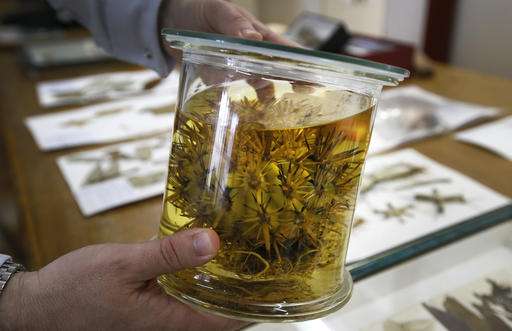
That sounds encouraging, but a daunting 21 percent of global plant species are currently threatened with extinction, the report finds, as habitat is gobbled up for human use.
___
WHY DOES IT MATTER?
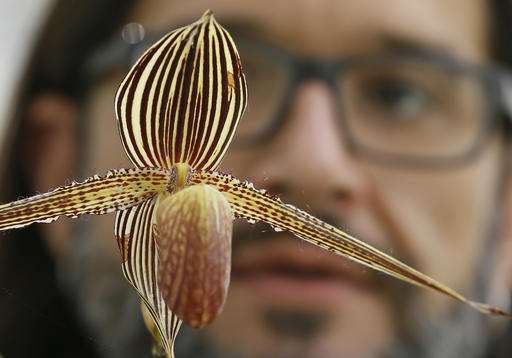
The new study documents 31,128 plant types put to a specific use, mostly for medicine (17,810 plant species used in the pursuit of good health), but also for human food, animal food, fuel, materials and other things.
Plants provide many of the building blocks used for textiles and construction materials.
The study found "significant gaps" in the collection of DNA data and specimens from many parts of the world that would hinder efforts to preserve plant diversity in the face of changing climate and land-use patterns. It also seeks to pinpoint locations where botanists should focus collection efforts to boost food security and find plants that can adapt.
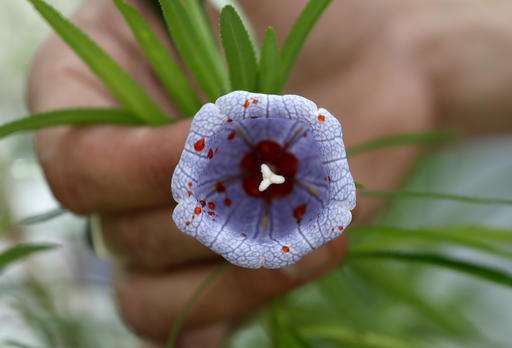
___
HOW BAD IS CLIMATE CHANGE?
It is too early to accurately judge the impact of climate change, Willis says, but the report finds most of the world's ecosystems have experienced a greater than 10 percent change in land-cover in the last 10 years, due to changes in land use and climate change.
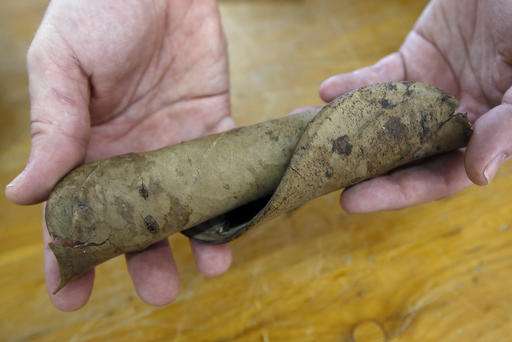
Studies by a research institute in Colombia included in the report establish timelines for the loss of certain foods in Africa, finding that up to 30 percent of land used for growing maize and bananas won't be viable by the end of the century. The figures for beans are even higher, with 60 percent of the land likely to be unfit for that purpose.
But some crops—particularly yams and cassava—are found to be much more resilient, making them important candidates for more research and investment as the world copes with mounting food insecurity as population rises and productive land dwindles.
___
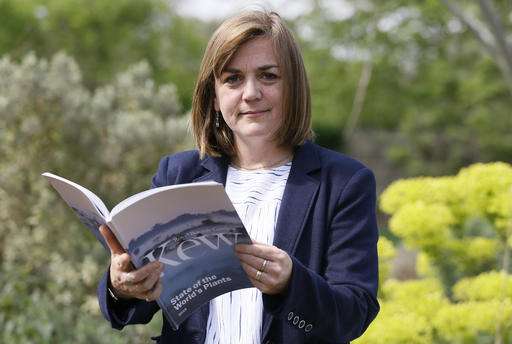
WHAT'S IN A NAME?
The obscure process of discovering, describing and naming a new species may seem of little practical value, but Timothy M.A. Utteridge, head of identification and naming at the Royal Botanical Gardens, says the information is vital if scientists are to protect plants.
He helped name 12 new species last year and sees a remarkable number of new plants pinpointed in Australia, Brazil and China, all of which are developing new computer databases with nearly comprehensive details about their plants.
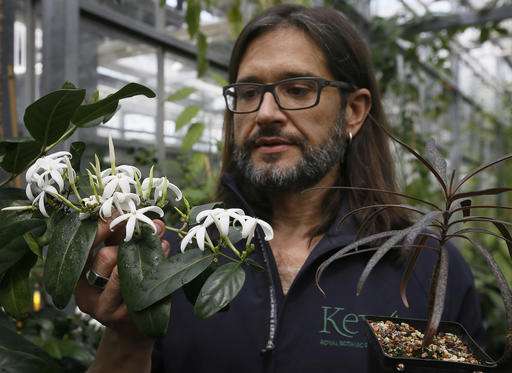
That's step one in protecting those plants, he said.
"If this plant doesn't have a name, and it falls over in the forest, no one knows," he said. "Once we have a specimen, and a name, we put that on the map," he said, adding that it's important for "conservation assessment."
___
WHO COLLECTED THAT?
Lest anyone doubt Kew's bona fides, consider the origin of some of the samples hidden away in the vast herbarium—including the ones collected in the Galapagos Islands by Charles Darwin.
The scientist, whose theory of evolution has helped shape modern thinking, enjoyed a long, intense friendship with William Hooker, who was an early director at the botanical gardens, and Darwin used Hooker's son Joseph as a taxonomist to work on the plants Darwin had brought back from his travels.
© 2016 The Associated Press. All rights reserved.


















